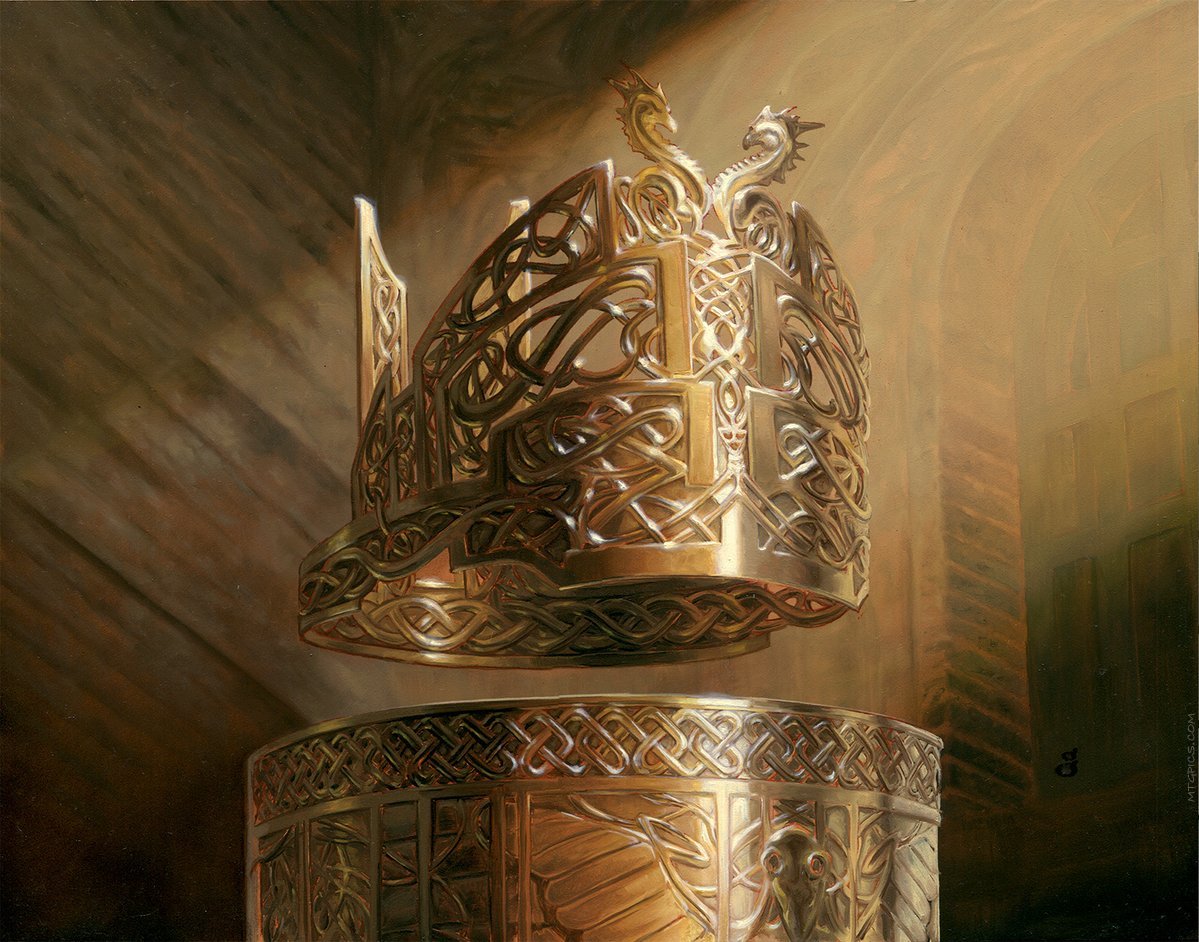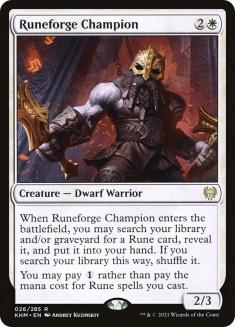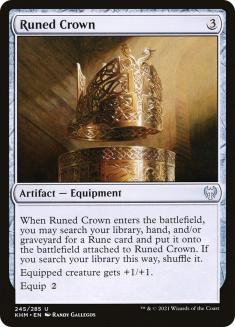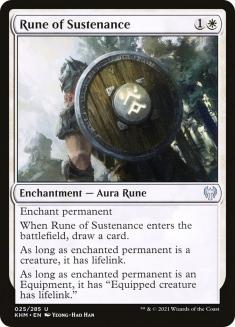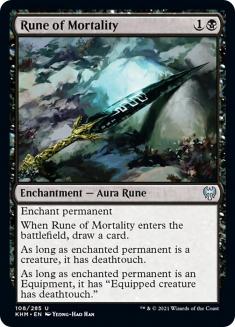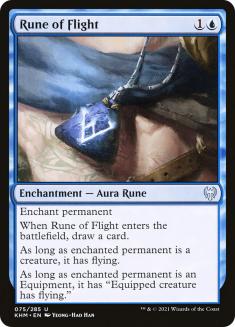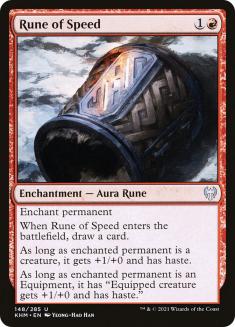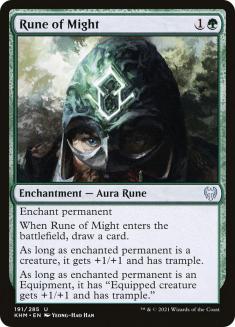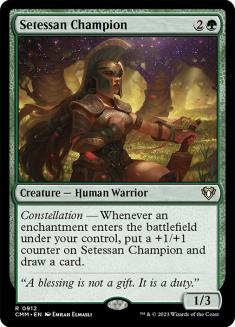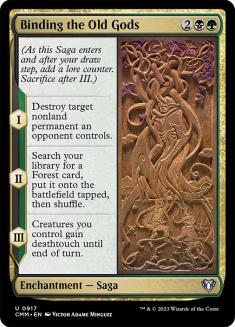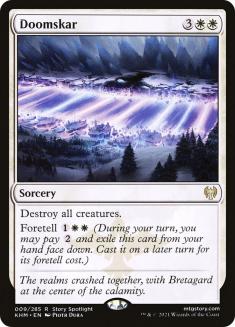I’d like to begin my column this week by telling you about a Magic card I think is pretty good.
Wait, come back!
I get it. There really hasn’t been anything new to say Yorion, Sky Nomad decks for a while. You put together a bunch of permanents. You blink them. You gain incremental value that culminates in a gigantic snowball that eventually overwhelms your opponent. You can do this in many ways, but every Yorion deck arrives at the same endpoint (and generally carries the same vulnerability to Ugin, the Spirit Dragon).
The problem is that last step of eventually overwhelming your opponent. Yorion feels bigger than everything else, but the truth is, it’s not anymore. The aggro decks in the format have at least Shepherd of the Flock plus Showdown of the Skalds. Some decks carry that combo as well as Edgewall Innkeeper and The Great Henge.
Every single successful deck in Standard these days is a snowballing combination of engines. If you can achieve that goal and have an aggressive slant that will overwhelm your opponent’s defenses in some games, why would you ever choose to lean towards the passivity that Yorion encourages in its first few turns?
Trust me, I’m not just going to bring you back to the table to talk about Yorion unless I’ve got a new wrinkle to add to the mix. Allow me to introduce my wrinkly new friend. And you should see him in a crown.
Step 1 to understanding why I’m excited about these cards is actually reading the Runes themselves.
Now read them again.
One more time.
Enchant permanent
If you’re like me, you still have no idea what these cards actually do at this point, so I’ll cut to the chase. “Enchant permanent” are the key words here. Runes enchant literally anything you want, and what that means is that they can function as the “eggs” in our Yorion deck. Turn 2 we’re happily slapping these on a land. When Yorion comes down and blinks them, they’re ready to perform their intended function and grant some abilities to your creatures while drawing you another card.
This logistical hurdle out of the way, we can now talk about how I’m using these cards to offer the Yorion archetype an end-game logjam breaker it’s never had while also dramatically increasing the consistency of the archetype in the early-game.
Creatures (11)
Planeswalkers (1)
Lands (35)
Spells (33)
- 4 Doom Foretold
- 1 Omen of the Dead
- 4 Wolfwillow Haven
- 2 Elspeth Conquers Death
- 4 Binding the Old Gods
- 3 Runed Crown
- 4 Doomskar
- 3 Rune of Sustenance
- 3 Rune of Mortality
- 1 Rune of Speed
- 4 Rune of Might
Sideboard

If you’ve played Yorion decks before a lot of this stuff is old hat by now, so I want to spend more of my time today talking about the new additions here and the strategic angles they open up.
The Rune Package
Let’s start with pure consistency. By playing ten castable (more on this in a moment) two-drop enchantments, we assure that our early-games play out in an extremely uniform fashion. You will always have something on the battlefield worth blinking by the time Yorion is ready to come down. If you’ve experienced the pain of an empty Yorion in old lists, you know how devastating the lack of an Omen of the Sea can be. With the Runes, this is a thing of the past.
The consistency also continues into the three-drop slot where we find Runeforge Champion and Runed Crown. When I’m trying to decide if something odd is actually good enough for Constructed play, I try to cut through the words as written on the card and compose a theoretical card that captures how I anticipate the effect will actually play out in the deck. Here’s how Runed Crown reads in that theoretical space.
3
Super Equipment
When Super Equipment enters the battlefield, draw a card.
Choose one:
- Equipped creature gets +2/+2 and trample.
- Equipped creature gets +1/+1 and lifelink.
- Equipped creature gets +1/+1 and deathtouch.
- Equipped creature gets +2/+1 and haste.
When you blink this card with Yorion, do whatever the hell you want. All bets are off.
Equip 2
Personally, I like my templating better than the card as printed, but maybe they just couldn’t fit in all the text. Having an egg that scales each time you blink it is an absurd get for a deck like this. You’re going to go long, and you’re going to need to set up scenarios where you break through some impenetrable battlefields from your opponents.
Know what’s really good at getting through a clogged battlefield? Deathtouch plus trample. Thanks, Rune of Might plus Rune of Mortality.
When testing Naya Adventures decks, it was fairly easy to set up scenarios where you just chained through your entire deck, but the problem is that your opponents are often doing the same thing. This led to massive battlefield stalls and real problems ending a game. If this is a routine feature of Standard, it’s time to start looking for some ways to skip the nonsense.
A similar problem arises when playing against control decks like Sultai or Azorius Blink (Yorion) that can generate such velocity that they can just sweep you turn after turn as you work to build up a huge battlefield. This means we’re looking for a way that we can achieve lethal battlefields on a single turn. Rune of Speed has our back. Yes, that’s a red card with no traditional way to cast it. No, it doesn’t matter in the least. Both Runed Crown and Runeforge Champion allow us to cheat on the mana required to put the card onto the battlefield. Runed Crown even lets you search your hand for something to attach to it if you’re in a particularly desperate spot.
Having access to Rune of Speed changes the way you’re able to play against both sweeper decks and Ugin. You must play carefully with Rune of Speed and be sure to protect it from exile, but once you have a few games under your belt you will be routinely killing your opponents who are foolish enough to tap out for Ugin.
Rune of Sustenance is clearly the worst of our Runes, but that doesn’t mean it doesn’t have its spots. I’ve had plenty of aggressive opponents just scoop on the spot to my 5/6 flying, lifelink Yorion on Turn 5, and the life total padding is useful against all the Bonecrusher Giants that are floating around and willing to damage you outside of combat. It’s more of a toolbox piece than a core of our strategy, but it’s still an important part of our engine.
All of these Runes come with a lot of decisions attached, and I imagine a lot of your early stumbles with this deck are going to come from putting the Runes in the wrong places after a Yorion blink. Sometimes you want to make a super-Crown. Sometimes all the Runes end up on a specific threat. And other times it’s right to just place the Runes back onto your lands for safekeeping. Explore all of your options, and don’t tunnel in on a single way to play.
Having the ten on-color Runes, four Runeforge Champions, and three Runed Crowns means that you are always churning through your deck, and the question is never if your snowball is going to function — it’s how. This means it’s possible that this is another Yorion deck that is supposed to be playing 60 cards because of how strong Turn 5 Yorion is, but I think the sheer consistency of our plan means that we’d rather have the strategic flexibility and diverse answers that only a large stock of Doom Foretold, Binding the Old Gods, and Elspeth Conquers Death can provide. Plus, I like having a deep pool of Runes to draw from. I’m very willing to be proven wrong here though, so I’m not closing off the possibility of moving towards a 60-card list.
While Setessan Champion hasn’t quite had its moment in the sun, I’d still rank it as one of the most powerful cards in Standard. It’s just been waiting for the right set of enchantments to work around. Runes are it. When Runeforge Champion is in the mix, its cost reduction means you’re able to make tremendous Setessan Champions out of nowhere.
Setessan Champion is so strong here because there’s no real downside to investing resources in making it large. Coming out +1 card on every Rune you cast means you’re just moving to the late stage of the game where Yorion can start to exert its influence. Speaking of, I really can’t believe that I get paid on my Setessan Champion when I’m blinking stuff with Yorion. So much of this deck feels like easy mode.
Binding the Old Gods is one of the best cards in Kaldheim, but it’s performing at an even higher rate here. Every mana you gain access to is a larger life total you can beat in a single turn. Binding the Old Gods plus plenty of blinks means that you will get to end states even faster, and the reliable access to trample from Rune of Might means that you’re even going to be able to leverage the deathtouch of Chapter III.
Doomskar is exactly what it appeared to be — a sweeper that has some real downside when you must cast it for five but fundamentally changes the game when you’re able to foretell it on Turn 2. You’ve got so many other tools against aggressive strategies that I’m comfortable rolling the dice on a higher-variance card. If the aggressive decks continue to float towards the card advantage engine side of things in an arms race with each other, don’t count out a return to the more dependable and consistent Shatter the Sky. The two cards are closer in quality level than the current distribution of play would suggest.
Sideboard
I don’t think we’re doing anything revolutionary in the sideboard. Duress and Soul Shatter are to help out against the Izzet Midrange strategies that have looked very strong early on. Duress is certainly down in effectiveness with the adoption of Saw It Coming, but I think it’s still got enough versatility that it’s worth a few copies. Glass Casket cleans up Seasoned Hallowblade and Lovestruck Beast. Wilt is challenging Embercleaves, The Great Henge, and opposing Doom Foretold decks. And Sorcerous Spyglass is just a little extra insurance against Ugin, even though I like our plan against them in Game 1.
Also coming in against Ugin is Reidane, God of the Worthy. I thought Reidane would only shine if there was widespread adoption of a snow deck in Standard, but I was wrong. It’s such a great proactive tool against so many of Standard’s late-games. Genesis Ultimatum, The Great Henge, Shatterskull Summoning, Showdown of the Skalds… the list really goes on forever, and you can make a good case that a maindeck copy would hit a broader range of matchups than something like Calix, Destiny’s Hand. It’s another change I’ll be considering as the meta settles down.
I made a promise to my readers a few months ago that in return for the freedom to explore decks that were still in the development stage, I would always be extremely clear when I thought a deck was ready for tournament play. Abzan Runes (Yorion) is 100% ready. It’s got the most robust and resilient engine in Standard, and a plan for every single matchup. Don’t let the fact that it’s playing some “bad” cards throw you off the scent. This deck is primed to pick up a trophy.

